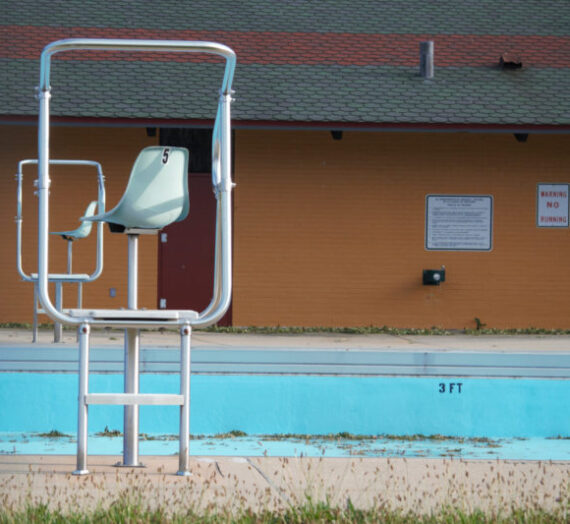

The majority of the East Coast Greenway — a route for non-motorized users which has been compared to an Interstate Highway System — is currently on-road. Existing since 1991, it connects major cities from Canada to Florida. The goal is to have 95% of the ECG off-road (separated from motor vehicles) by 2030.

Oddly, the Intermodal Triangle Project, receiving partial funding through the TIGER program, is planning to take action that appears to set this goal back; although the ECG runs through Bushnell Park, where there are no vehicles besides those belonging to the Department of Public Works and the police, there are plans to move the ECG onto streets next to the park, pushing cyclists back out into traffic. There is no description given to the nature of these bike lanes. Will they be divided from traffic with jersey barriers? Will lanes be painted a solid green to denote that no motor vehicles, including buses, can dart into them? Will they be nothing more than a larger shoulder with the cyclist symbol stenciled on like we see elsewhere in the city? The TIGER grant application submitted by the City is long on buzzwords and short on useful details about how infrastructure will change.
Though given a spotlight position on the City of Hartford website, there has been little public attention given to the Intermodal Triangle Project. It will be discussed, in some capacity, at tonight’s iQuilt forum, to be held at the Old State House from 5:30-8pm.
At Monday night’s City Council meeting, request for approval of the TIGER grant was referred to the Planning & Economic Development Committee. The funding would not cover the entire cost of this Intermodal Triangle Project, the plans of which are at once detailed and vague. In them, there is no recognition that the East Coast Greenway exists already in Hartford. The wording makes it sound as if the planned development of bike lanes will be the first introduction of the ECG to the city.
Currently, the ECG provides a relatively safer route for cyclists and others to follow. There are established rules — cyclists must yield to pedestrians, who must yield to equestrians. Pets must be leashed. Cyclists are expected to wear helmets. Courtesy is expected from all users of the East Coast Greenway.
Locally, it uses the Founders’ Bridge to allow cyclists and other users to meander to and through East Hartford, eventually connecting to the Charter Oak Greenway, a well-maintained trail that provides access to Manchester Community College and Wickham Park. In the opposite direction, the ECG makes a loop north of Hartford, onto the off-road Farmington Canal Heritage Trail, before turning south toward New Haven. The cuesheet describes exactly where the East Coast Greenway currently runs in Hartford.
Tonight’s overview of the implementation of the TIGER grant is free and open to the public.

Jack Dougherty
Thanks for the continuing updates on the East Coast Greenway. Sometimes I find that the best way to explain it to new users is to show them the interactive Google Map zoomed into the Hartford area
http://bit.ly/Pb7tpT
Tim
I’m not surprised that the iQuilters and Trianglers were not aware of the existence of the ECG in Bushnell Park. The ECG “signage” in the park might as well not be there. It is really bad “wayfaring” design.
I bike outside the city (too dangerous for my sense of safety to ride in from where I live in Bloomfield); but I walk in Bushnell Park every week. I never knew what the little stenciled arrowheads on the sidewalks that I thought said “EGG” were. I’m certainly aware of the ECG and in the past year or so heard that it passed through Bushnell Park. Call me dense, but I never put the “signage” and the Greenway together. I thought EGG was some geocaching thing.
I’m not saying it’s the Hartford biking community’s job, but as a community perhaps some initiative to promote the existing ECG through Hartford might have helped. Maybe there has been, but signage would be key.
Regardless, I didn’t chime in to scold the biking community, and I rather agree with both Kerri’s assessment about BP North as well as I understand Mr. LaPorte’s views (in the previous post’s comments section) about real, delineated bike paths in the park. The iQuilter’s river/brook/ditch should not be seen by anyone as an obstacle to a bikeway. Every dedicated off-road bike trail in the state seems to have no issue crossing over waterways.
Final comment: I love the reference in the ECG route to the Lily Pond. Not sure I’ve every seen a lily in that pond in 40 years. It’s a nice image though.
Kerri Provost
I think there is one volunteer who refreshes the ECG stencils in this area every so often. In my brief conversation with him, I’ve gotten the impression that he would welcome help with this task.